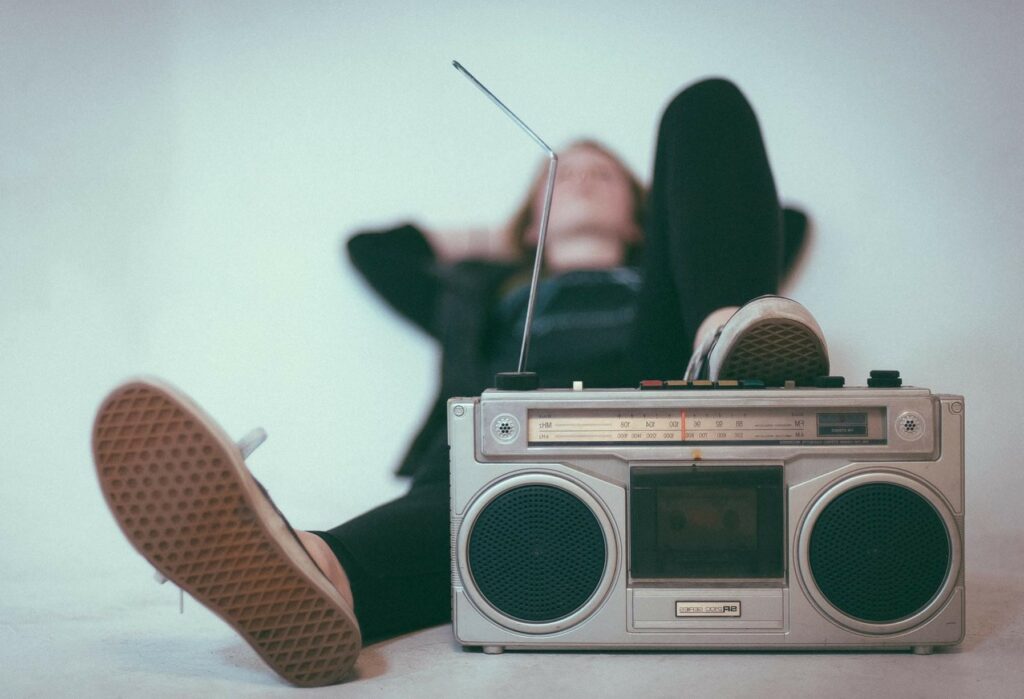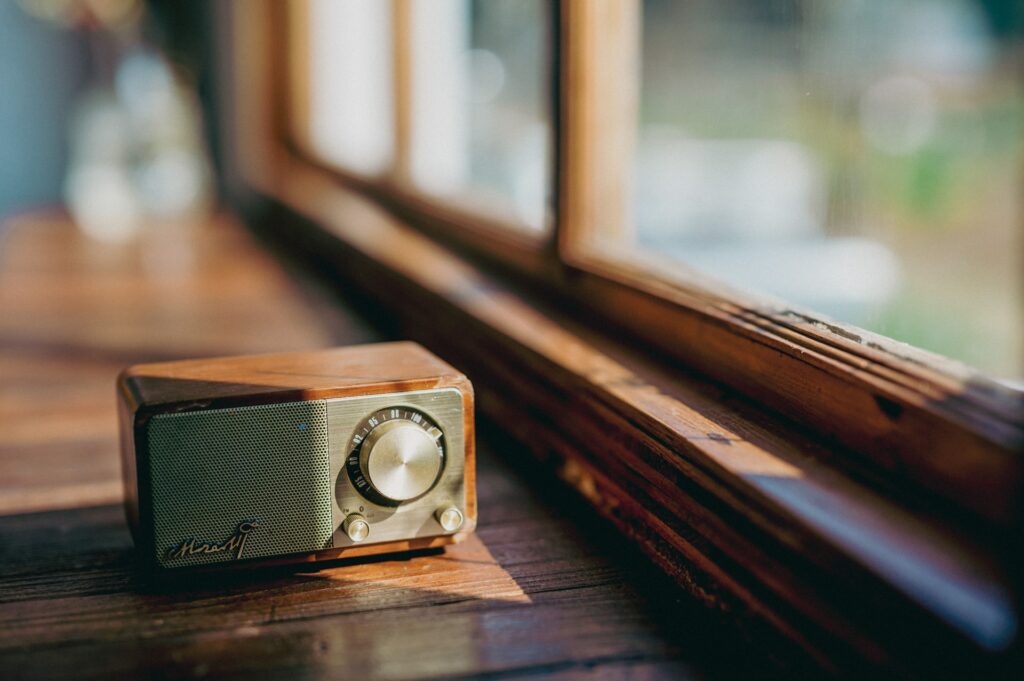Over the years, radio has absorbed new technologies and become stronger.
In the 1940s and 1950s, media observers who were enamored with television confidently predicted the demise of radio. They claimed that the experience of watching moving pictures in the coziness of a living room could not be replicated by the medium.
The emergence of rock and roll, which embodied the youth uprising against the conservatism of the decades before it, gave radio a larger audience than before and disproved the forecasts of the pessimists.
Since then, radio has proven to be the ultimate survivor, adjusting to the preferences of younger listener generations and incorporating modern technologies. It countered the risks posed by personal video recorders and digital compact discs in the 1980s and 1990s by placing a larger emphasis on listener-driven programming. By the late 1990s and the beginning of the 2000s, radio stations were reinventing themselves to target specific audiences. These stations included talk radio, punk rock stations, and even stations that played music by a single band 24 hours a day, predating the emergence of Spotify and iTunes by at least ten years.
The reports of radio’s demise are therefore much overstated, to paraphrase Mark Twain.
The radio is still the most accessible and portable medium: a radio costs $50, making it cheaper than a cell phone or TV.
Audio programs easily overcome literacy-related barriers, enabling even the illiterate to understand and absorb news and information. The price associated with producing content is often between one-fifth and one-tenth that of producing images. This makes broadcasting in a dizzying array of languages, dialects, and artistic forms more affordable.
Since the technology has been around for more than a century, it is also not particularly complex. Today, even non-technical people may design and create broadcast transmitters and receivers. Radio has historically been the preferred medium for activists and social movements, and for good reason. Additionally, it continues to be one of the most commonly reported habits worldwide to listen to the morning news on the radio. Local radio stations that may serve niche demographics in specific geographic areas are multipling due to radio’s accessibility and affordability.
Radio is vanishing. We are viewing the medium’s penultimate iteration as it tries to appeal to an aging population.

The antiquated technology of radio and all associated content formats will soon be replaced by the internet. With the improved interactive capability of the Internet, radio is not even comparable.
People from all over the world can create their own channels using streaming platforms. The Internet has already triumphed in the music war thanks to programs like Apple Music, Gaana, and Saavn.
Users of streaming apps can play anything they want, even replaying whole playlists. Each person has an app on their smartphone that “understands” their musical preferences and introduces them to new music by creating playlists based on what they are likely to enjoy.

Internet-based radio
Sports commentary innovations, interactive game shows, hyper-local news and events, the presence of an extraordinary array of frequencies, and a sound monetisation plan are just a few of the reasons that could have postponed the inevitable (death of the radio) by a little bit.
Radio programming will likely still need to use the Internet as its distribution technology even if it were to magically rediscover itself. To put it another way, even if people were to listen to what is broadcast on the radio, they would do it online.
It follows that even if the “art of radio” (read: “audio”) survives, it won’t “truly” survive.
We are witnessing the final iteration of a bygone technology used to serve an aging consumer base. Radio is becoming less and less relevant to our nation’s youth as time goes on.
Radio’s growth can be aided by diversification.
Radio is still useful, yes. Although it is simple to claim that everything has gone digital, radio is still alive and well. The importance of radio in times of disaster, like the recent floods in Mumbai, cannot be stressed even now.
A portable radio is something that costs nothing, doesn’t require Internet bandwidth, and can be used anywhere.
However, I see difficulties for the medium in the future. Our media landscape is rapidly evolving, and radio faces fierce competition from new media. Lack of an appropriate measurement tool is one of its problems. You can gauge the audience when using a digital platform. There isn’t a reliable scientific metric available to gauge radio content. Many evaluations still depend heavily on perception. One of the main problems facing the radio industry is this.
Integration, harmony, and participation
Hybrid radio, or the use of the convergence of layered technologies to provide new radio services, is at the heart of HRadio. The goal is to create compelling new radio services made possible by technologies such as infrastructure, call tracking review, and development libraries. This will make it possible to provide time- and location-independent linear radio services that are easily integrated with personalized content on demand, wherever and whenever the listener wants it.
To achieve this goal, researchers are creating hybrid features and prototypes that target three important areas: integration, harmonization, and user experience. Initially, scientists developed 47 examples of the use of streaming technologies in live radio broadcasting. Examples include interactive features such as song and artist recommendations, the ability to pause and resume without missing a beat, and a feature that seamlessly transfers a listening session from a mobile app to a car radio. One use case even allows users to instantly replace music from their Spotify playlist whenever the radio plays a song they don’t like!
The future of radio
Today’s research efforts are focused on building and evaluating prototypes that include some of these features. For example, the HRadio application broadcasts metadata-enhanced radio over the Internet using a technology known as Digital Audio Broadcasting (DAB) over IP. A distinctive feature of the prototype is the timeshift function, which allows users to play, skip or pause the radio broadcast. In addition, the app has a social component that allows users to interact with the radio station and share updates. The HRadio online view and the HRadio car app are more like prototypes.
Each of these ideas “complements the identity of live radio with a range of streaming benefits.” As a result, we are not only educating a new generation of listeners, but also contributing to the future of this important media. In order to complete large-scale testing using developed prototypes, the project was recently extended. Along with radio stations across Europe, the team is actively collaborating with Belgian and German broadcasters to integrate some of the project’s early features into their live programming.
